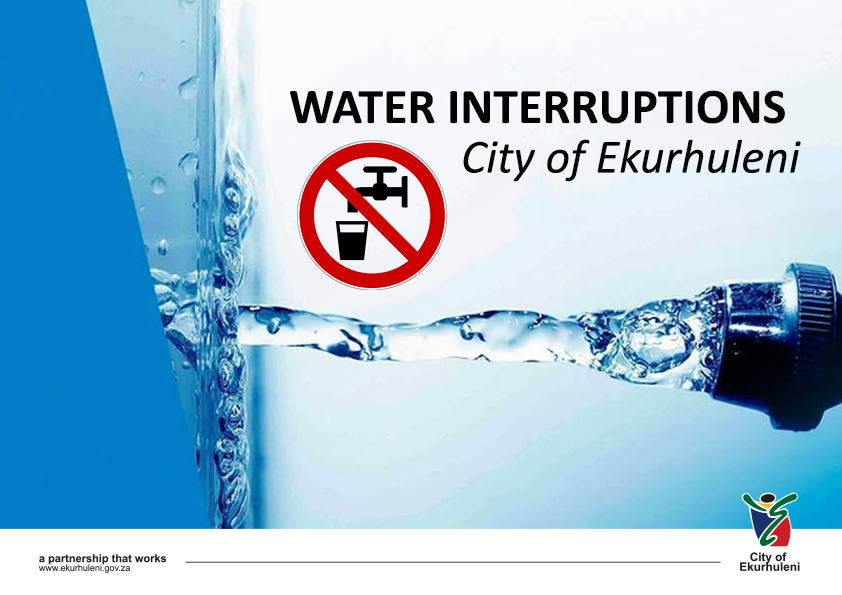Johnathan Paoli
The City of Ekurhuleni announced on Tuesday that the metro is actively addressing the ongoing water supply challenges, particularly in the Tsakane/Geluksdal and Etwatwa/Daveyton areas, where low storage levels are affecting supply and pressure.
City spokesperson Zweli Dlamini said that in order to protect the system from cavitation, or the build up of air that could possibly cause damage, the pumps have been temporarily brought offline until water levels stabilise.
Dlamini said due to the current emptiness of the KwaThema reservoir, its outlets will remain closed overnight in order to replenish storage levels.
“We are working in close coordination with Rand Water, following their efforts to enhance the RW Mapleton system. We are awaiting further updates from Rand Water to ensure an equitable water supply for all residents,” Dlamini said.
The city has previously said that insufficient water supply from Rand Water, increased consumption and low rainfall have been some of the main factors in the cause of the recent water shortages.
Ekurhuleni is not the only metro that has problems with water supply. The City of Tshwane is also enduring shortages caused by reservoir depletion and power shortages affecting the supply from Rand Water, leaving areas such Sinoville, Kaalfontein, Atteridgeville, Pretoria East and Mooikloof without water.
Both metros have experienced water supply problems throughout the year, with a power failure at the Mapleton booster station in April, resulting in an offline pump, which affected the Vlakfontein reservoir, that feeds into Tshwane metro, as well as leaving parts of Ekurhuleni without water.
Level 1 water restrictions have been in effect from the beginning of September and are expected to run until the end of March next year in order to ensure continuous and sustainable water supply.
“High potable water consumption may result in the collapse of the system, which will result in intermittent water supply,” Rand Water spokesperson, Makenosi Maroo, said.
Maroo said that Rand Water’s primary and secondary stations were operating at maximum capacity, but that the entity has been unable to maintain its reservoirs at high water levels because of high consumption by consumers and citizens in the metro and surrounding areas.
Furthermore she said that as a result, reservoir levels have remained at their lowest due to high consumption by consumers and that due to the system being integrated, even customers that are using water sparingly are being affected.
INSIDE METROS

